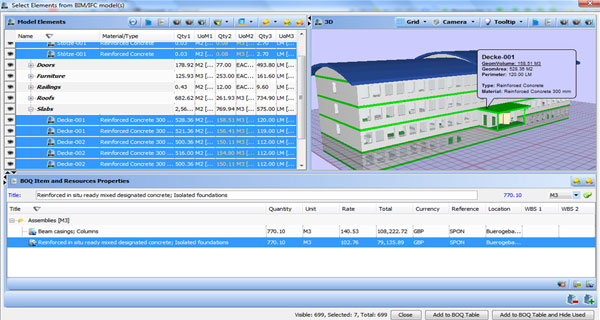

Each package is available to open and use separately. You can create a separate package for each section you want to count, i.e. Packages are focused on what you want to quantify.
AUTODESK QUANTITY TAKEOFF OR NAVISWORKS PDF
2D sheets are generated from PDF documents. You can move files from the CDE to the Sheets and Models folder. There is a separate Files menu that includes files and folders that are part of Docs on the Common Data Environment (CDE). Sheets and Models – You will upload and publish files that are used only by Takeoff.However, once you start quantifying, you cannot make changes to the classification system(s) you’re using. If you need to, you can even have two classification systems within the same Takeoff project.
AUTODESK QUANTITY TAKEOFF OR NAVISWORKS DOWNLOAD
You can upload your own custom system or download a template and fill it in.

Takeoffs are then used in estimating, which is the process of adding costs to the materials counted in a takeoff, including labor and equipment expense. The noun takeoff is the amount of a material that’s counted. The verb takeoff is a process of counting. Known as materials takeoffs or quantity takeoffs, this is basically counting how much of each material is needed to complete a construction project. In a clear and logical way, Mark walks you through the entire process from logging in to exporting the inventory created. The Takeoff demo by Mark Petrucci, who regularly trains people to use products on the Autodesk Construction Cloud platform, is a half-hour well spent if you’re interested in using Takeoff to generate quantities to do costing on your projects. In the recent webinar, “BIM Based Costing: Understand Your Project Costs,” Mark Petrucci and Blake Douglas teamed up to explain how Autodesk Takeoff uses 2D PDFs and 3D building information modeling (BIM) files to count materials and arrive at project costs.


 0 kommentar(er)
0 kommentar(er)
